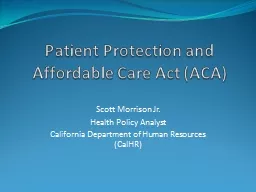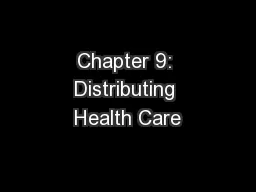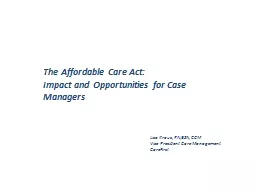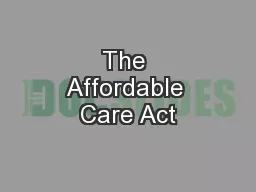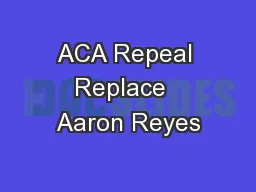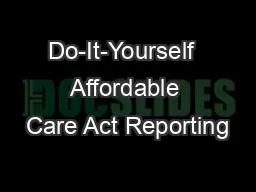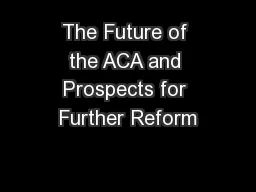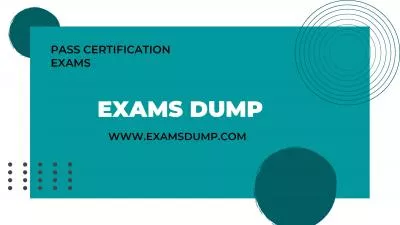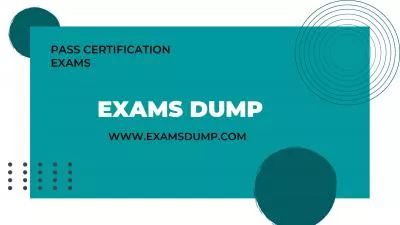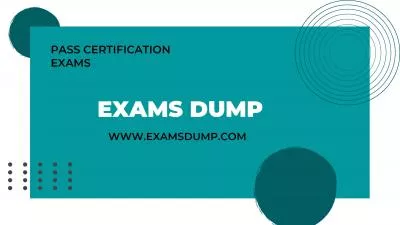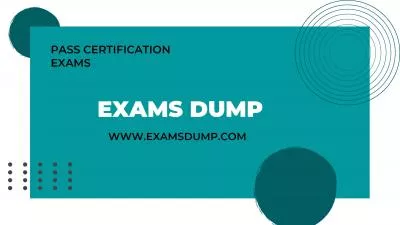PPT-Patient Protection and Affordable Care Act (ACA)
Author : liane-varnes | Published Date : 2018-10-29
Scott Morrison Jr Health Policy Analyst California Department of Human Resources CalHR Introduction The ACA was enacted in March 2010 to ensure that all Americans
Presentation Embed Code
Download Presentation
Download Presentation The PPT/PDF document "Patient Protection and Affordable Care A..." is the property of its rightful owner. Permission is granted to download and print the materials on this website for personal, non-commercial use only, and to display it on your personal computer provided you do not modify the materials and that you retain all copyright notices contained in the materials. By downloading content from our website, you accept the terms of this agreement.
Patient Protection and Affordable Care Act (ACA): Transcript
Download Rules Of Document
"Patient Protection and Affordable Care Act (ACA)"The content belongs to its owner. You may download and print it for personal use, without modification, and keep all copyright notices. By downloading, you agree to these terms.
Related Documents

